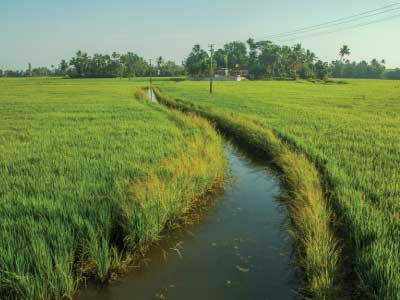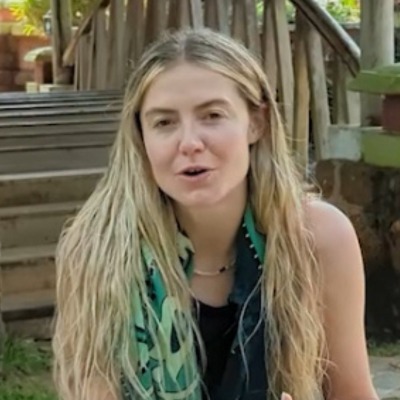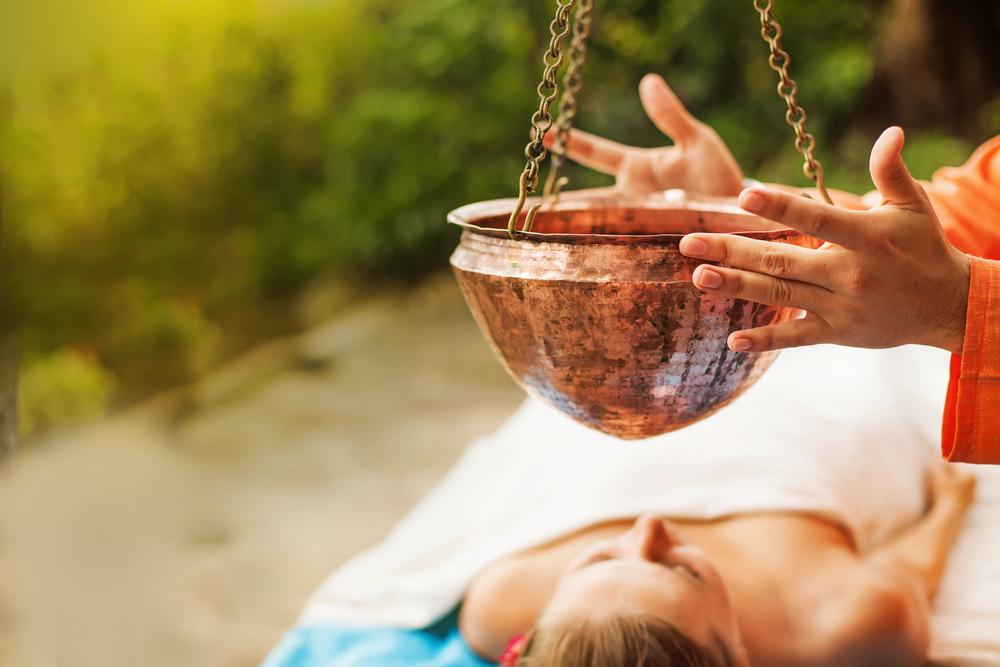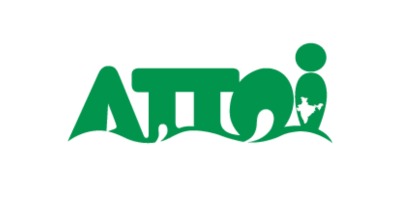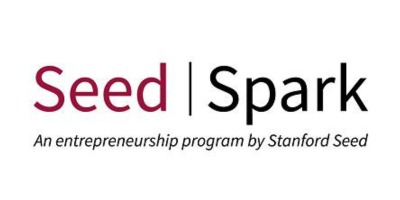Panchakarma, a cornerstone of Ayurvedic therapy, involves five primary procedures, each targeting specific aspects of detoxification and rejuvenation.
Here are the five steps:
Vamana (Therapeutic Vomiting)
A controlled process where therapeutic vomiting is induced to eliminate excess Kapha dosha from the stomach and respiratory tract. This step helps to clear congestion and remove toxins.
Virechana (Purgation)
In this step, herbal laxatives are administered to cleanse the intestines, expelling toxins and excess Pitta dosha from the body. It effectively detoxifies the liver and digestive system.
Basti (Medicated Enema)
Basti therapy involves the introduction of herbal oils or decoctions into the colon via an enema to remove accumulated Vata dosha and deeply purifies the lower digestive tract.
Nasya (Nasal Administration)
Nasya involves administering medicated oils through the nostrils to clears the sinuses, alleviates congestion, and balances excess Vata-Kapha doshas in head and neck region.
Raktamokshana (Bloodletting)
This not so common procedure purifies the blood by removing small quantities of blood through various methods like leech therapy or controlled bloodletting.
